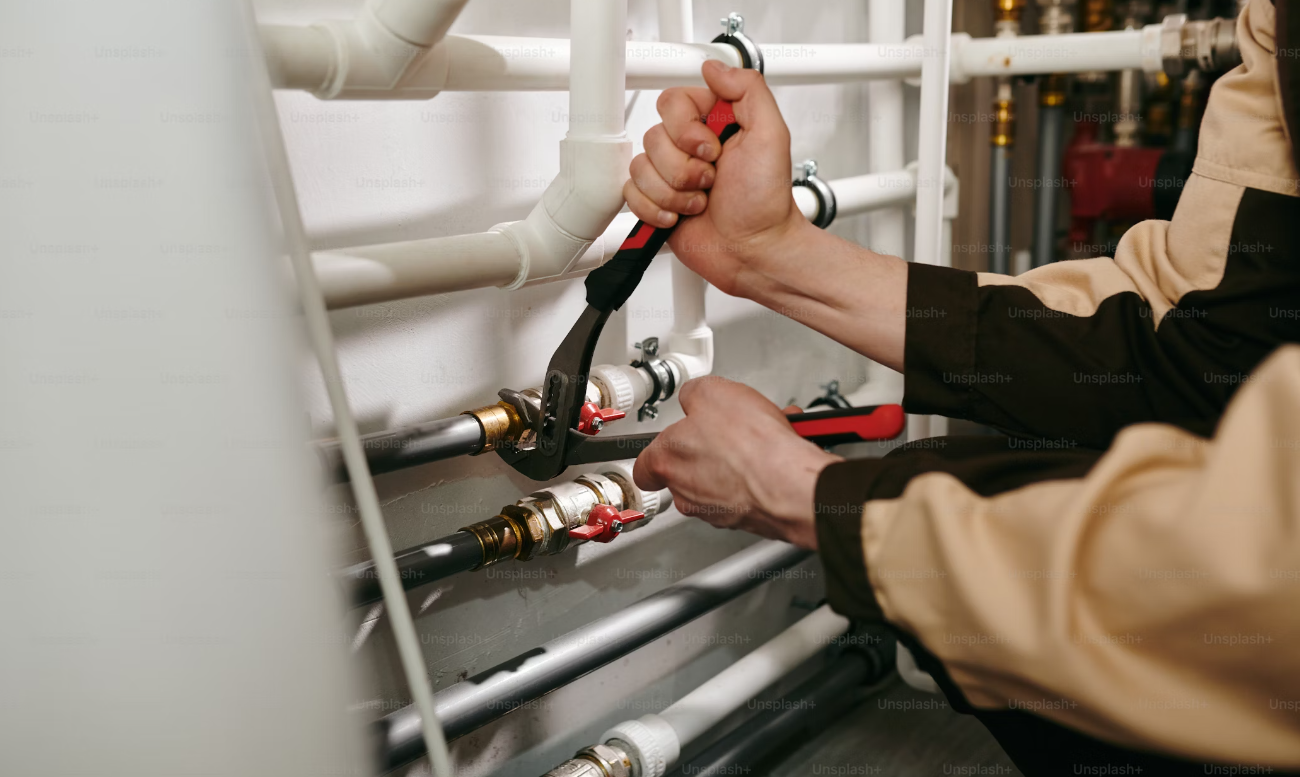Winter is coming. It’s not just a well-known statement associated with Game of Thrones; it’s a simple fact here in Australia.
Though our winters are relatively mild in most regions, they can pose significant challenges to your home’s plumbing system.
Fluctuating temperatures, combined with the occasional cold snap, can result in numerous problems. These can range from frozen or burst pipes to added strain on our hot water systems. As homeowners, knowing just how these seasonal changes impact your plumbing and what measures you can take to prevent them is essential. By staying informed and being proactive, you can keep your plumbing in prime working condition throughout the colder months. So let’s explore how winter affects your plumbing and what you can do to protect your home.
Stay up to date with what’s happening in and around the region here.
View this post on Instagram
Temperature Fluctuations
Across Australia, winter brings temperature fluctuations that can dramatically affect your plumbing. Yes, the weather may not be quite as harsh as in other parts of the world. However, your plumbing pipes can expand and contract from even moderate temperature changes. This constant movement can result in your pipes forming small cracks or weaknesses that eventually lead to leaks or bursts. Older homes, particularly those with outdated plumbing systems, are more vulnerable to these temperature-induced issues.
Regular pipe inspections that involve checking for signs of wear and tear are something that all homeowners should do. Proper maintenance, which includes insulating exposed pipes, can help protect your plumbing from the ravages of winter’s fluctuating temperatures.
Frozen Pipes
As we’ve mentioned, winters in Australia can often bring about unexpected cold snaps. For your plumbing pipes, these cold snaps pose a significant risk of them freezing, even in milder areas of the country.
When temperatures venture below freezing, any water inside exposed or poorly insulated pipes can solidify, resulting in unwanted blockages. Not only does this obstruct the flow of water, but it also adds unneeded pressure on your plumbing system. Pressure that can cause pipe leaks or bursts.
Homeowners should be aware of the common signs of frozen pipes, such as reduced water pressure or unusual plumbing noises. To prevent frozen pipes from bursting, insulate any pipes that may be open to the elements, particularly in basements or crawl spaces. It’s also worth letting taps drip slowly to keep water moving – this will reduce the risk of freezing.
Burst Pipes
Equally as significant a winter concern as frozen pipes are burst pipes. As the days and nights get increasingly cooler, older pipes that have suffered wear and tear – or repeated expansions and contractions – can weaken and eventually burst. This is especially true for older homes with outdated plumbing systems.
A burst pipe can cause major flood damage to your home, damage that often comes with a hefty repair price tag. To nip this risk in the bud, homeowners should regularly inspect their plumbing, looking for indicators of damage, such as leaks or corrosion.
Being proactive and addressing potential issues early can save you from significant inconvenience and expenses.
View this post on Instagram
Strain On Your Hot Water System
It probably comes as no real surprise, but we tend to use our hot water systems more in winter. It might be a slightly longer shower in the morning or even for heating purposes. This increased demand can put added pressure on hot water heaters, possibly resulting in:
- Lower efficiency
- A build-up of sediment in tank-based systems
- Potential system breakdowns
Homeowners should monitor their hot water systems for signs of strain. These can typically include fluctuating temperatures, unusual noises, or extended heating times.
You can improve system efficiency and lifespan by keeping to a regular maintenance regime, including flushing the system to remove sediment. It’s also worth keeping your hot water pipes insulated to keep heat loss to a minimum. Doing this will also reduce the system’s workload, ensuring reliable hot water throughout the winter.
Prevention and Maintenance
Regular preventative maintenance is crucial for safeguarding Australian homes from common winter plumbing issues.
- Start by inspecting pipes for cracks or leaks. Insulate any that have been exposed to the elements.
- Regularly clean drains with baking soda and vinegar to prevent clogs.
- Steer clear of putting fats, oils, or food scraps down the sink.
- If you have a tank-based hot water system, flush it to clear out any sediment build-up.
Now, homeowners can handle some basic maintenance tasks. However, for anything that requires altering any pipework or connecting to your mains water supply, it’s essential to call a licensed plumber. They’ll be able to detect potential problems early, resolve issues safely and ensure your plumbing system remains in top shape throughout winter.
Winter-Proof Your Plumbing for Peace of Mind
Winter can bring numerous challenges to Australian homeowners, impacting plumbing systems through fluctuating temperatures, increased hot water demand, and burst or frozen pipes.
By adopting proactive measures, largely involving preventative maintenance, you can confidently protect your home against these seasonal issues. Regularly inspect pipes for signs of wear and tear, insulate exposed sections, and keep drains clear of debris to prevent clogs. For significant maintenance and repairs, get a licensed plumber on board to guarantee that your plumbing system remains reliable throughout the oncoming cooler months.
By winter-proofing your plumbing, you can avoid costly repairs, ensure uninterrupted water flow, and enjoy peace of mind, knowing your home is well-prepared for winter’s challenges.
For more handy tips or to book assistance, head to Mr Emergency.
This article was written in partnership with Mr Emergency.

